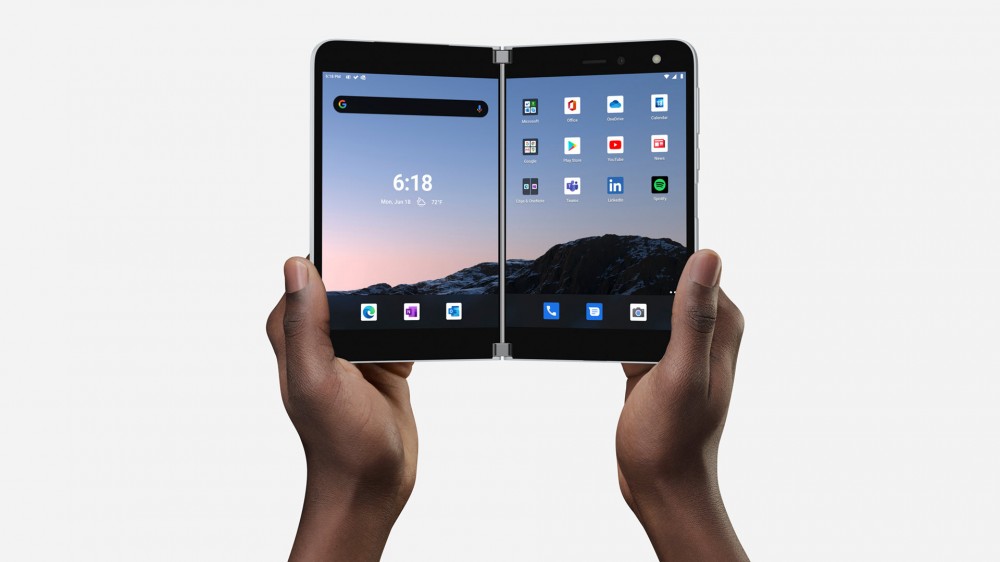
I Preordered the $1,400 Surface Duo—Here’s What Already Disappoints Me

I Preordered the $1,400 Surface Duo Here’s What Already Disappoints Me: Last year, Microsoft teased an upcoming Surface-branded phone with a dual-screen design. And as a recent press demo shows, the $1,400 Surface Duo is not foldable but a whole new category of PC. I’m so convinced of Microsoft’s vision, I preordered the Duo. But that doesn’t mean I think it’s perfect—I’ve already identified five aspects I dislike about my future phone.
To be clear, none of the things I’m about to list are dealbreakers. If they were, I wouldn’t have preordered the phone in the first place. But the Surface Duo starts at $1,400, which is outrageously expensive even for a smartphone. I opted for the $1,500 configuration to bump the 128 GB hard drive to 256 GB. By comparison, the iPhone 11 Pro Max starts at $1,100, and the Samsung Note 20 Ultra starts at $1,300.
I think it’s fair to ask any phone that costs more than the most expensive iPhone be darn near perfect. Or least not have glaring omissions. But out of the gate, before the thing is in my hands, I know there are glaring omissions.
The Phone That Isn’t Pocketable

The Surface Duo vision is a multi-tasking monster that helps you get stuff done and enjoy your time doing it. Part of the method to reach that goal is slapping two displays together via a 360-degree hinge. It’s a phone, it’s a tablet, it’s an all-touch laptop, it’s whatever you need when you need it.
But when you close two screens together like a book; you end up with a very chonky device—just ask the Galaxy Fold. Microsoft tried to solve that problem by making each display incredibly thin. And, as CNET shows in a hands-on with mockups, the company succeeded.
The Surface Duo is so thin that when you plug in its charger, the USB-C port will be thicker than the phone itself. Think about the last phone you had that was thinner than its cable connector. You probably can’t name one.
That solves one problem of pocketability, how thick it is when folded, but Microsoft created another in the process. When folded, the Surface Duo is 95mm wide, which is a little under 4 inches. Think about a 4×6 photo, lop a bit off, then imagine shoving that in your pocket.
I use a front-pocket wallet that’s just about right for comfort level, and it’s three inches wide. I have some serious doubts that the Surface Duo will fit in my jeans pocket at all, and even if does I wonder how comfortable a fit it will be. If you have any doubts that this is a wide phone, I refer you to the image of someone holding it up to her face above. Unfortunately, a wide smartphone isn’t the only cost in Microsoft’s quest for an ultra-thin device.
A Premium Phone Without Wireless Charging
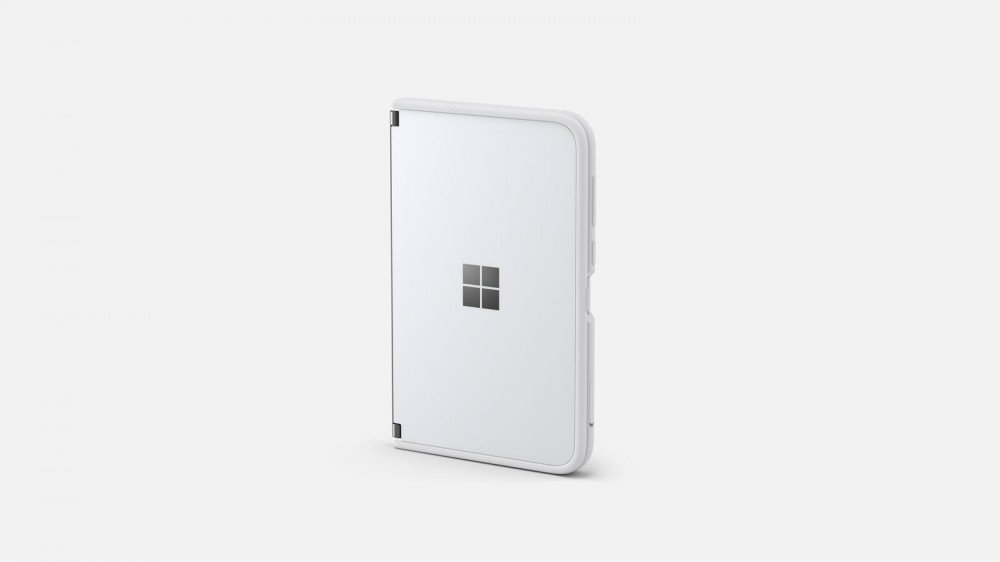
If you ask more than $1,000 for your phone, you’re selling a premium phone. And a premium phone should include standard premium features, right? We’d argue that wireless charging shouldn’t be a premium feature, budget phones should have it, too. But that’s neither here nor there because the $1,400 Surface Duo doesn’t have wireless charging at all.
When I first noticed, I assumed that the Surface Duo, like other Surface devices, had a magnesium casing. If you want wireless charging, you need a plastic or glass exterior, and a magnesium casing would preclude wireless charging.
But the Surface Duo doesn’t have a magnesium casing. It’s glass, through and through. Check out the tech specs, and you’ll see it listed under the “Exterior” section: Exterior Material: Corning Gorilla Glass. Less you think Microsoft means the screen; the Surface Pro 7 shows the same “Exterior” section and specifies a magnesium casing.
No, the casing isn’t the problem. My best guess is it goes back to the thin profile Microsoft wanted. Throwing in a wireless charging pad would have created one thicker half, and for symmetry, Microsoft would have added space to the other. I’m on an OnePlus 7T now, so I already live without wireless charging. But “upgrading” means I will be giving up NFC.
No Contactless Payments
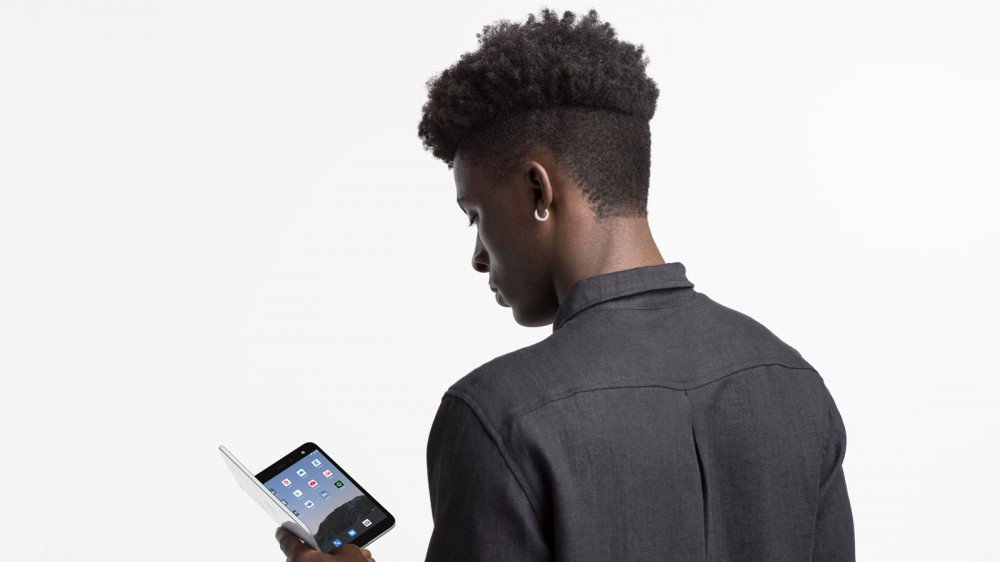
You read that right; the Surface Duo doesn’t have Near Field Communication (NFC). I honestly can’t remember the last time I saw an Android phone at any level, let alone premium, that didn’t include NFC. It’s the standard that even Apple adopted after a long wait.
And NFC is essential right now. Not because of the old promise of NFC tags or easy contact sharing. No, those features never took off because no one really needs them. But right now, during a worldwide pandemic, contactless payment is a big deal.
Minimizing exposure is just one tool in the box for protecting yourself right now, and that includes relying on contactless payments. Why hand your credit card to strangers, or punch buttons that may not be clean, when you can hold your phone near a reader and pay? In a world that always asked, “why not just use my card?” we finally have a good answer: for your own protection.
But not with the Surface Duo, no NFC means no contactless payments. I assumed that this was another victim of a thinner profile, but according to Microsoft, that’s not the case. No instead, the company thinks NFC just isn’t fundamentally important or a “core priority.” At least, that’s what it told Android Central:
Surface Duo does not currently offer NFC. The role of any first-generation design is to focus on fundamental scenarios that solve customer challenges. Surface Duo is purpose-built for mobile productivity and giving people new ways to complete complex tasks while away from their computer. With this core priority complete, we will listen to customer feedback and apply that lens to future iterations of the product.
Now to be fair to Microsoft, when it designed the Surface Duo, we didn’t have a global pandemic underway. And adding NFC would have called for a redesign. Microsoft is, in a way, a victim of bad timing. But it’s still a big miss. And I might be more convinced about the core priorities argument if the Surface Duo came with everything it needed to hit those “priorities,” but it doesn’t.
The Pen Is Extra
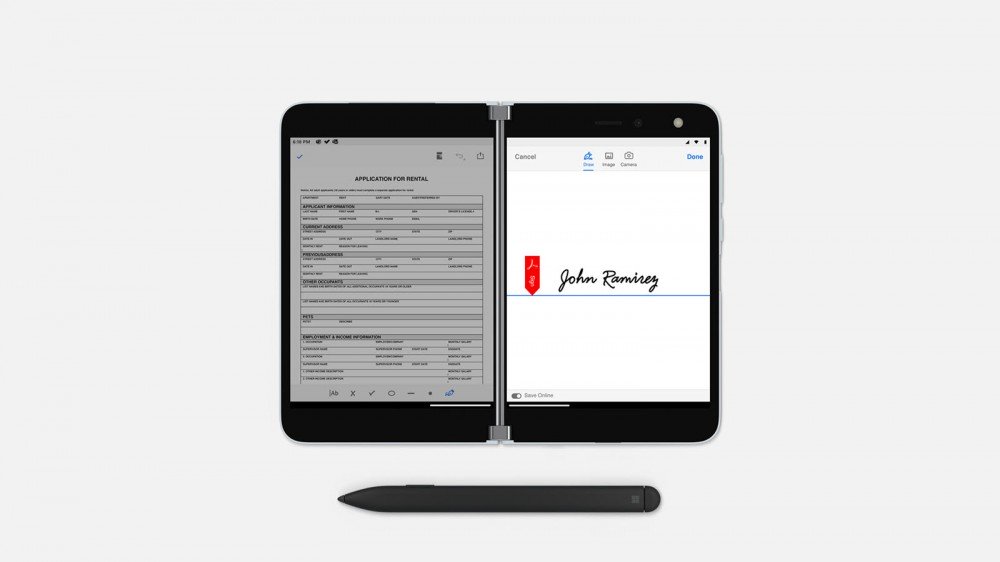
I shouldn’t be surprised. I really shouldn’t. But the Surface doesn’t come with a pen. That’s par for the course when it comes to Surface devices, if you want a Surface Pro, you’ll have to spring for the luxury of typing on a keyboard after all. But it still irks me.
Watch any Surface Pro commercial, and it will heavily feature the Type Cover keyboard. That’s the only way you should use one, that’s how Microsoft intends for you to use the Surface Pro. It’s only natural to complain that you have to spend extra on the feature it’s supposed to have.
And that trend continues with the Surface Duo. Check out any commercial, any demonstration, for the Surface Duo. It won’t be long before you see someone pull out a Surface Pen. This phone is a multitasking, note-taking hero. And Microsoft wants you to write on it.
But if you believe in that part of the dream, you’ll need to spend extra. At least $80 extra to get the standard Surface Pen. If you’d like the Surface Slim Pen, which is more portable, you’ll have to give up $112.
Imagine watching a smartphone commercial that heavily touted a fingerprint sensor and its security, only later to admit that part is extra. Out of the box, you don’t get the sensor. You’d feel cheated, right? That’s how I feel after ordering a $1,400 phone only to be asked to fork over another $80 to $112 for the luxury of using one of its best features.
The missing pen might not sting so much if $1,400 at least got you top of the line hardware. But this is an aspirational device attempting to create a new form factor, so that’s not the case.
Incomplete and Dated Hardware

If you plop down $1,400 (or $1,500 in my case) for a phone, it’s fair to ask for the absolute latest and greatest in hardware. At the least, all the features you’ve come to expect in a smartphone. But the truth is, the Surface Duo doesn’t have the latest or great hardware, nor does it have everything you’d expect in a smartphone.
For all that our smartphones do, probably the two most important and underappreciated features are notifications and a clock. Let’s talk notifications for a second. When you’re not actively using your phone and receive a text message, tweet, or email, how do you know? Depending on your device, you might see the display light up briefly, or an LED blink. And when you want to check the time, what do you turn to these days? Probably your phone, right?
You don’t have to unlock your phone to get a glimpse of your notifications or check the time; you can press the power button or tap the screen depending on your smartphone. That’s such a standard feature; you might wonder why I’m bringing it up.
None of that applies to the Surface Duo. The Duo works like a book: when you want to read something, open it up. When you finish, close the covers. But unlike real foldables like the Galaxy Z Flip, Z Fold 2, or Motorola Razr, the Surface Duo doesn’t have an external display of any kind. You can’t see what’s going on until you open it.
Microsoft tried to get around the problem by creating a peek mode, but you still have to open the phone some, as seen in the picture above. It’s a half solution at best. There’s not even an LED indicator to let you know to check for notifications. It feels like something is missing like the hardware is incomplete.
The Surface Duo is the first smartphone that requires a smartwatch. Not to replicate some of the features your smartphone already provides, but to bring back the basic features that Microsoft skipped. I need a smartwatch to check the time, notifications, and make contactless payments, and it hurts a little to realize that fact. I already spent $1,500, now I need to spend more.
But that’s not the only hardware problem I can see. Look to any $1,000+ flagship camera at this point, and you’ll find an array of cameras ready to take the best pictures you’ve ever seen. The Surface Duo has exactly one camera used for both standard and selfie photos. It’s an 11 MP affair, and until we can go hands-on, we have no idea how it performs.
But given how simplistic the hardware is, any chance of amazing photos comes down to Microsoft’s software chops. Google has proven you can do amazing things with simple camera hardware and great software, but Microsoft doesn’t have that track record yet.
Another odd omission is the RAM. Given that Microsoft positions the Surface Duo as a multitasking master, and wants you to run multiple apps simultaneously, you’d think it would have at least 8 GB if not more. But the Duo only has 6 GBs of RAM, the same as $350 Pixel 4a. It just doesn’t make any sense to me NOT to throw in more RAM if you’re supposed to multitask all day long.
You might think I’m going to complain about the processor here, the Surface Duo uses last year’s Qualcomm Snapdragon 855, but as Ars Technica points out—that’s a good thing. The more recent Snapdragon 865 requires a separate 5G modem, which is a space consumer and battery hog. Last year’s processor is just fine. And it’s those types of choices that give me hope.
I’m Still Looking Forward to It
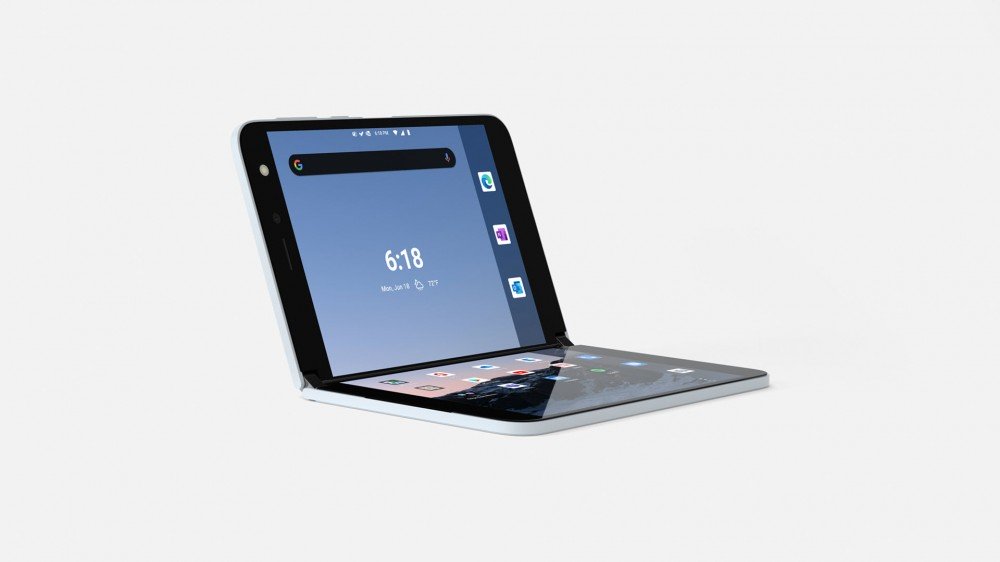
For all I’ve written, it might seem like I hate the Surface Duo sight unseen, which couldn’t be further from the truth. I believe in Microsoft’s vision for a new era of phones and pocket computers, and I hope the Surface Duo will go down in history as kicking off that new PC category.
But when you think about it, the entire Surface brand owes its history to the humble Surface RT, which was objectively limited and nearly broken. The Surface RT couldn’t run Windows programs, it didn’t have a multi-angle kickstand, it didn’t have many apps, and it ran oh so slow. Out of the gate it was a flawed device. Sound familiar?
The Surface brand started with imperfect origins, and that frankly continues with each new device category it kicks off. The first Surface Pro wasn’t very good, the first Surface Book wasn’t very good, even the first Surface Studio wasn’t very good, despite its amazing hinge. But each device showcased potential and developed and improved upon an idea.
I suspect the Surface Duo will be looked at in much the same way—a flawed device that most people shouldn’t buy. But one which paved the path to better things, and a lucky few (like myself) will look back fondly upon, as I do my Surface RT, despite all its shortcomings. I already have plenty of dislikes about the phone, but I don’t regret preordering it yet. Here’s hoping I don’t change my mind when I get the device in my hands.
RELATED: How to Hide Group Message Alerts Other Than Mentions on iPhone and iPad

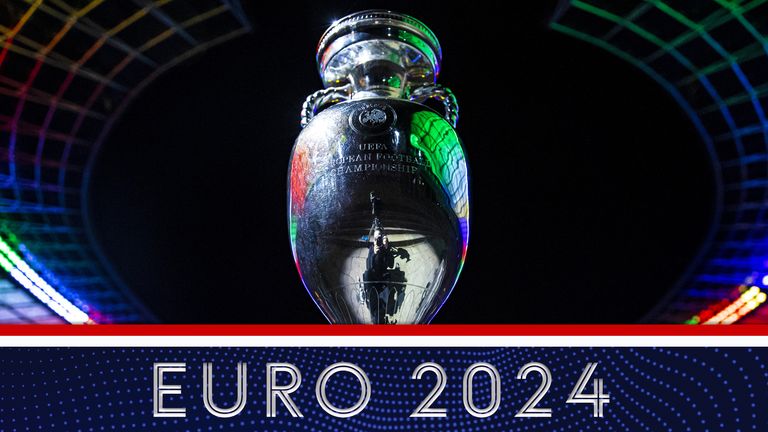

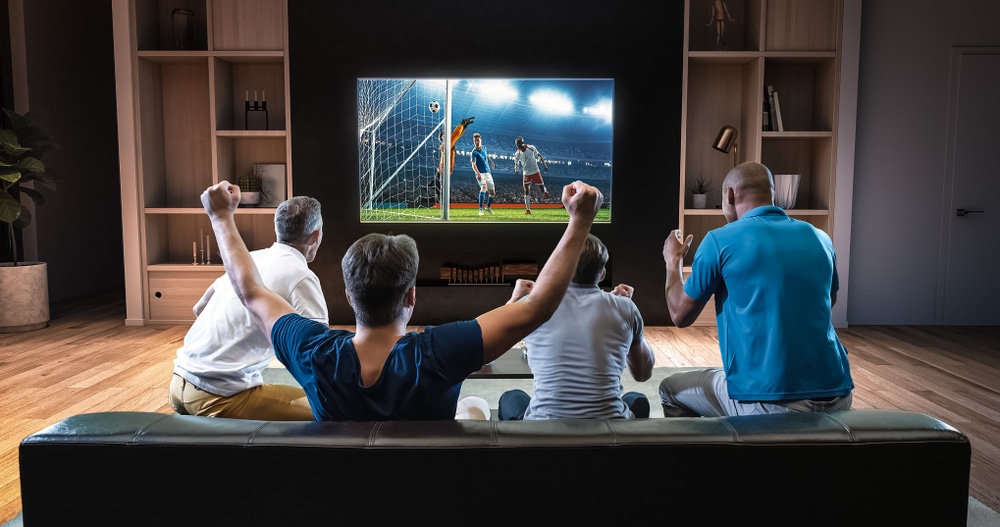



Leave a reply